Happy Mother’s Day from Krista DuChene, Marathon Mom
It’s Mother’s Day and of course I am just as grateful as the next mom for the blessing of having children. I also aim to be sensitive to those women who have been unable to become moms. Of all the “jobs” I have, it is definitely my favourite and most rewarding. Many know that I am one to always focus on the positive; the choice to see the glass half full, regardless of the circumstances. But what about those times I’ve wanted to rip my hair out, walk away for a while, or shout, “I’ve had enough!” Let me give you a list of my most challenging times as a mom. Because it’s certainly not always roses.
The whining, grumbling, sassing, and complaining when asked to do something.
Although the best approach to deal with this is to ask once and then ignore, it certainly isn’t always easy. We were told when we were kids, “You can make any rules you want when you are a parent.” And I’m guilty of firing off this age-old response, repeating it time and again, knowing how well it worked for me.
The arguing, fussing and squabbles with each other.
Listening to this is just as exhausting as being the referee. When the kids squabble about passing the maple syrup, who finished the milk, or who gets to choose the movie, it wears on me. But what concerns me more is when it gets personal between them. My heart yearns that they would each have a loving character, shown in even the most trying times. It’s not the easiest to nurture, particularly because much of it is learned by watching me. And I’m certainly not perfect.
The bad habits.
I don’t know how many times I’ve seen the dog’s empty water dish, gobs of peanut butter on the knives in the dishwasher, piles of shoes in the walkway, beds unmade, and balls of socks stuffed in the cracks of the couch. Usually a good grounding from screens helps them pull up—our out—their socks.
My Most Memorable Marathon Mom Moments
Getting ready for a run, taking a (positive) pregnancy test, quickly celebrating with my husband then, of course, going for that run…a few weeks after the 2005 Boston Marathon.
Earning the title, “Marathon Mom” on Mother’s Day after winning the 2009 Mississauga Marathon, my first marathon back after having our two sons. Then a few weeks later, being given a Chariot-Thule double running stroller I would log countless kilometers pushing.
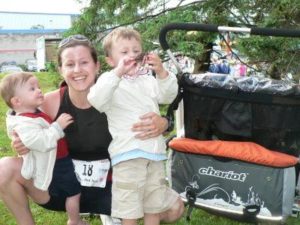
Running a half marathon and playing a pick up game of hockey whilst six months pregnant with our first in 2005, and third in 2010.
Breastfeeding our youngest child, for the last time, two weeks before running a 7 minute personal best of 2:32 at the 2012 Rotterdam Marathon in an attempt to make the Olympic standard.
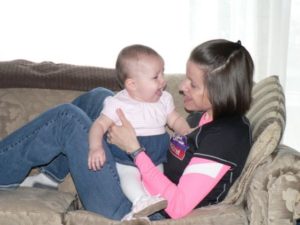
Returning to my first race after injury in 2014 and being asked, in all sincerity by our three year old daughter: “Mommy, please don’t break your leg again.”
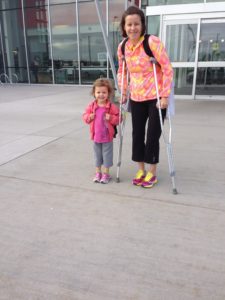
Caring for three vomiting children in the days leading up to a race in my Rio 2016 calendar then running out the door to travel to the hotel, the minute my husband arrived home from work. Escaping unharmed.
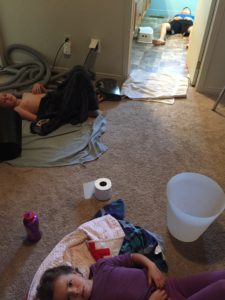
Running over to a sea of red and white t-shirts and flags to hug and kiss our three children after crossing the line at the 2016 Olympic Games. THEN seeing that someone captured that moment in a picture, a few hours later while enjoying a wonderful meal at the Canada House.
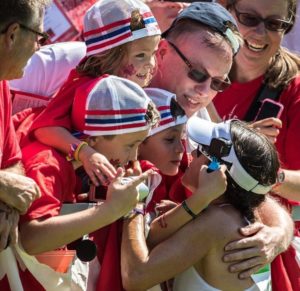
Showing moms of all ages and stages, after placing third at the 2018 Boston Marathon, that anything can happen.
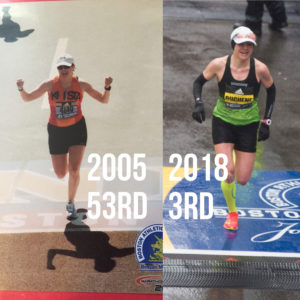




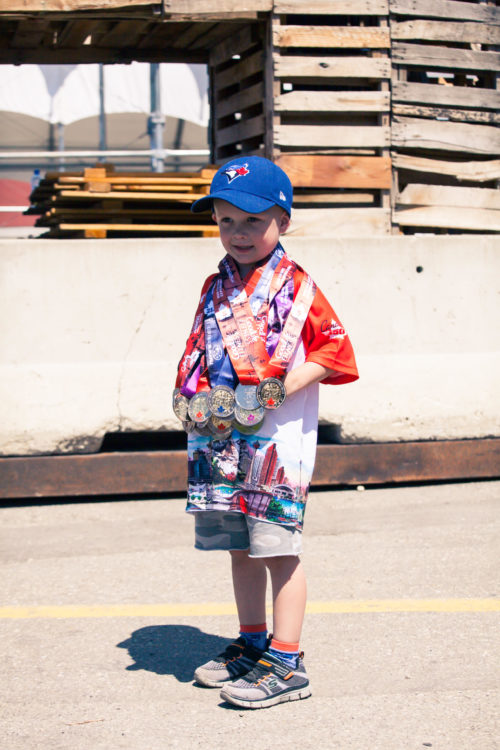 Whether you walk or run, it doesn’t matter, Beres is all about getting everyone she knows to be more active. As a result, she’ll be cheering on her sister-in-law who has made a commitment to fitness and will be walking the 10K. “Races can be intimidating to people and I want more people to know this is a great way to get out there and meet others who are like minded,” she explains.
Whether you walk or run, it doesn’t matter, Beres is all about getting everyone she knows to be more active. As a result, she’ll be cheering on her sister-in-law who has made a commitment to fitness and will be walking the 10K. “Races can be intimidating to people and I want more people to know this is a great way to get out there and meet others who are like minded,” she explains. While Beres has run 20 marathons, and 50 half marathons, she only began running after her children were born. “We were new to Calgary, and running was a great way to get to know the city,” she says. Encouraging her children and her husband to be more active has always been a focus. “When you have children you want to be able to participate with them,” she says. “My husband does 5Ks and 10Ks, so we are really trying to set a good example.”
While Beres has run 20 marathons, and 50 half marathons, she only began running after her children were born. “We were new to Calgary, and running was a great way to get to know the city,” she says. Encouraging her children and her husband to be more active has always been a focus. “When you have children you want to be able to participate with them,” she says. “My husband does 5Ks and 10Ks, so we are really trying to set a good example.”


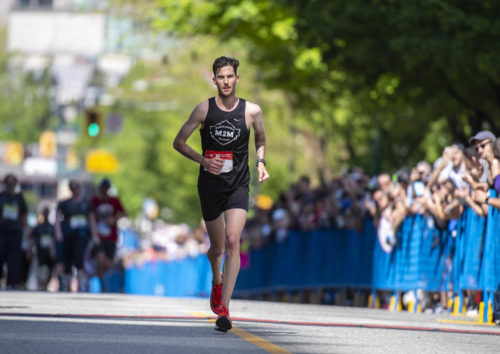
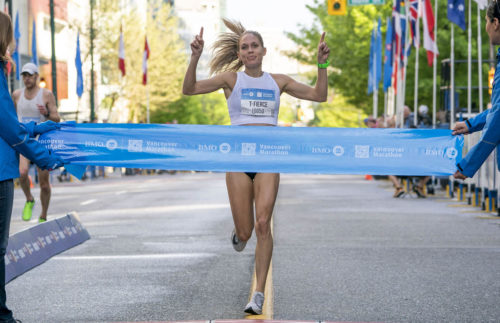
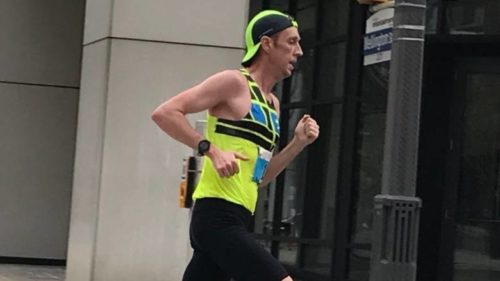


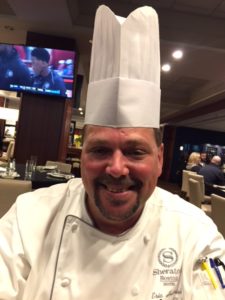




 Our Magazine
Our Magazine Previous Release
Previous Release
